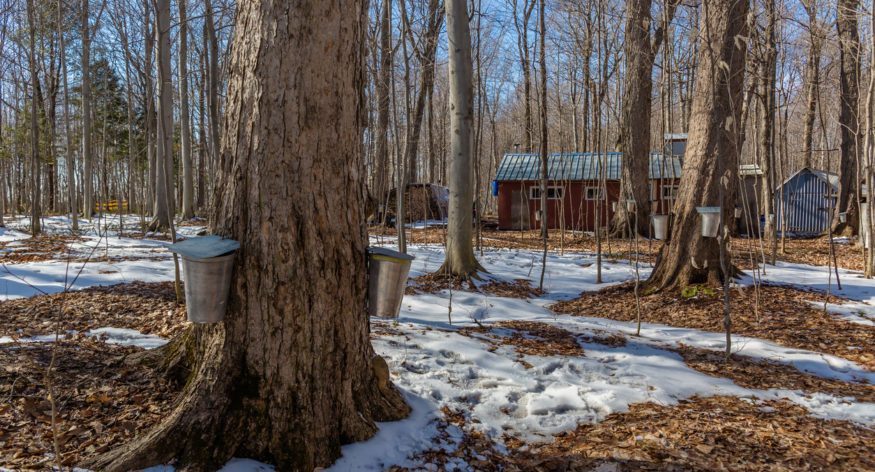

Is there anything more Canadian than pure Canadian maple syrup? As an expat myself, I have found that it’s the one product from home that I can’t live without and that I’ll import at any cost.
Canada’s early settlers learned to tap maple trees and boil sap down to make syrup. By experimenting with Indigenous methods and improving upon them, Canada became one of the forerunners in maple syrup production, making it an intrinsic part of Canadian history.
In honor of Canada’s big 150th birthday this year, we decided to dig deeper into the origins of maple syrup in North America. Our research team was even able to find a living descendant of the man credited with the first written record of the maple syrup recipe.
The first written record of maple sugaring came from Colonel James Smith who was held as a prisoner in the Ohio Valley by the Caughnawagas Indians. James was a frontiersman, farmer, and soldier in British North America. In 1765, he led the “Black Boys,” a group of Pennsylvania men, in a nine-month rebellion against British rule 10 years before the outbreak of the American Revolution. He participated in the war as a Colonel of the Pennsylvania militia and was a legislator in the Kentucky General Assembly.
In his book, An Account of the Remarkable Occurrences in the Life and Travels of Col. James Smith, he describes his observation of maple sap production:
Shortly after we came to this place the squaws began to make sugar. We had no large kettles with us this year, and they made the frost, in some measure, supply the place of fire, in making sugar. Their large bark vessels, for holding the stock-water, they made broad and shallow; and as the weather is very cold here, it frequently freezes at night in sugar time; and the ice they break and cast out of the vessels. I asked them if they were not throwing away the sugar? they said no; it was water they were casting away, sugar did not freeze, and there was scarcely any in that ice. They said I might try the experiment, and boil some of it, and see what I would get. I never did try it; but I observed that after several times freezing, the water that remained in the vessel, changed its colour and became brown and very sweet
He also discussed the process of tapping:
They cut a notch, sloping down, and at the end of the notch, stuck in a tomahawk; in the place where they stuck the tomahawk, they drove a long chip, in order to carry the water out from the tree, and under this they set their vessel to receive it.
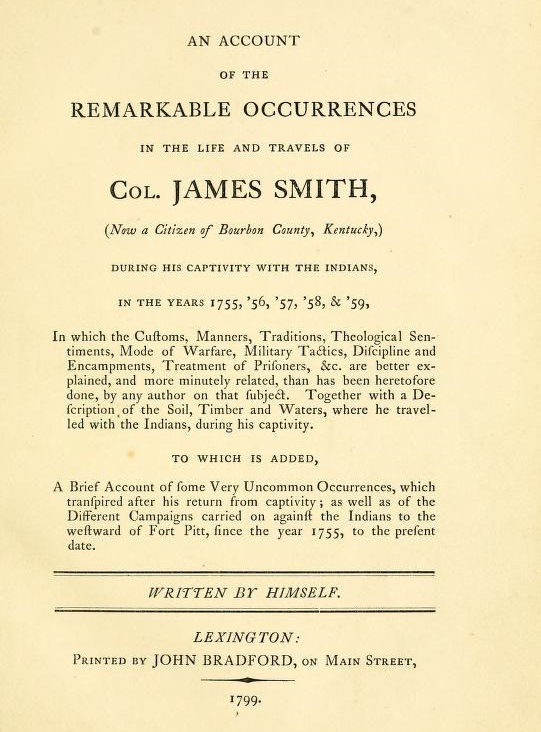
An account of the remarkable occurrences in the life and travels of Colonel James Smith during his captivity with the Indians, by Smith, James, 1737-1812.
Our research team decided to look into James Smith’s family and see if we could find any living descendants.
Using MyHeritage research tools, we were able to find a 5th great-grandson of James Smith, alive and well in Arizona. Although Richard Maisenbach likes having maple syrup on pancakes and waffles and in his wife’s baked beans recipe, he never knew of his deep connection to the sweet syrup. Richard knew nothing about the story of James Smith nor about his family connection from his parents or grandparents.
I had no prior family knowledge of James Smith. I do wish I could tell my parents and grandparents about him, but they are in heaven now. Maybe they know him.
It was only through research done by MyHeritage that helped him uncover the life story of his 5th great-grandfather.

MyHeritage family tree showing the relationship of Col. James Smith to Richard Maisenbach —Direct descendant (seven generations).
Different branches of Richard’s tree came to America at different times ranging from the first Mayflower landing in the 1600s to the late 1800s. James Smith’s branch came to the U.S. from Ireland around 1730. James Smith’s father, Robert Smith, is reported to have traveled with a brother, James, and a sister, Mary, to America. They first settled in Chester Co., Pennsylvania. The family later moved to Franklin Co.. near Mercersburg. after Robert Smith’s death around 1748.
It’s been exciting for Richard and his family to make such a remarkable discovery. He’s excited to spread the news around his family.
It’s really nice to have an ancestor who contributed much of his life to helping his country and fellow man. You hope to discover people like James Smith in your family history rather than people who are not so good.
After learning of his new family connection, Richard has more research to do. He went out and purchased James Smith’s book, and he’s looking forward to reading it. They even purchased the movie “Allegheny Uprising” which was exciting to watch. The movie is about James Smith and the Black Boys. James Smith was played by John Wayne in the movie.
Richard’s family traditions revolve around celebrating holidays, an appreciation for family history, and respecting elders and each other. Many of their traditional foods come from his maternal side’s Sicilian roots. They can now start new traditions and food ties based on their newly discovered heritage.
Richard encourages others to keep at researching their family tree. You really never know what you’ll uncover!
For me, this has been very rewarding. It gives me a since of pride in my heritage that I would otherwise be unaware of. My family tree are the people who make me, me.

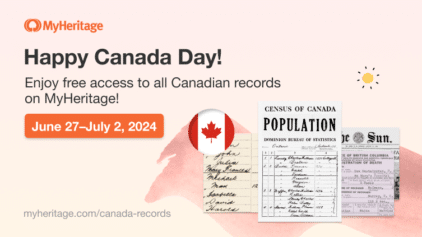
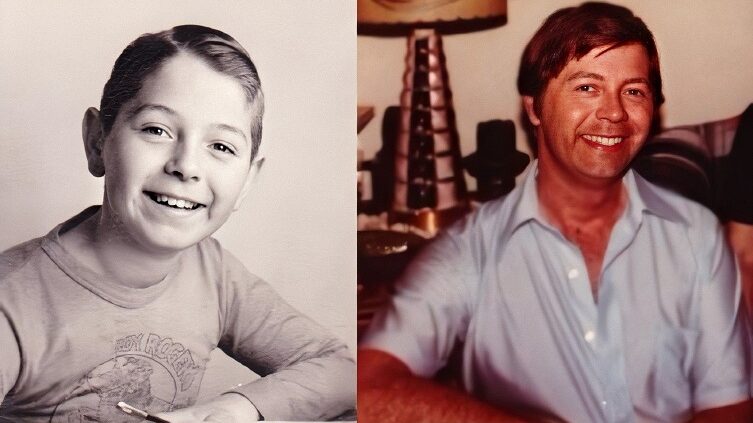


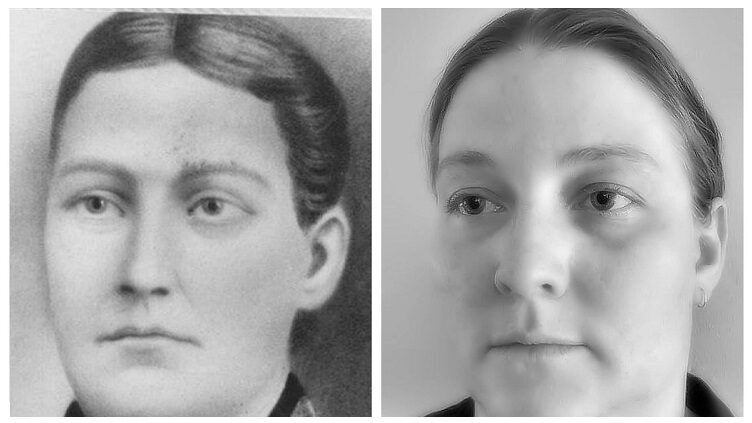
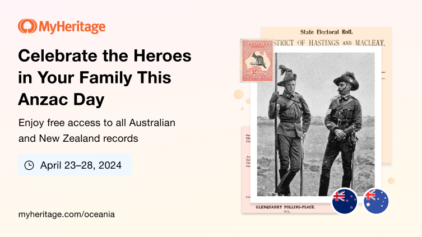
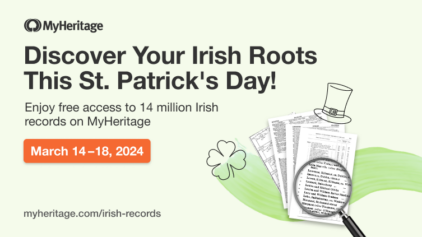


Debbie Johnson
July 9, 2017
Thank you so much for writing this Esther. I am the third child of Richard and Nancy Maisenbach. When I was young I read all of the Laura Ingalls Wilder books, especially the “Sugar Snow” story. Learning that our ancestor James Smith was doing this well before and even gave the first written account is amazing to me. I am looking forward to learning more about this line in our family. Reading this helps us to understand how connected we all really are, more than we know.